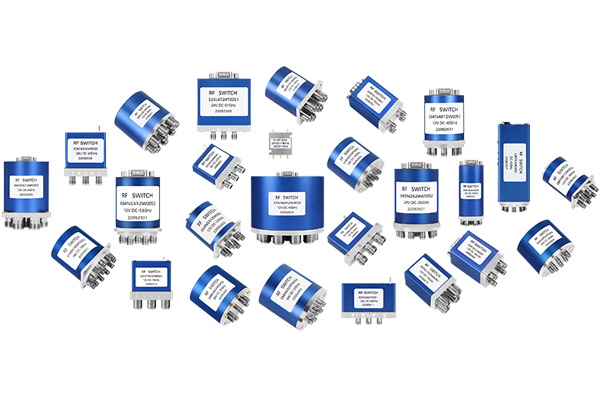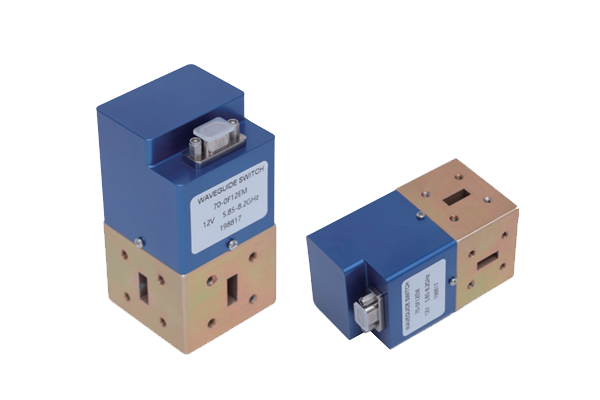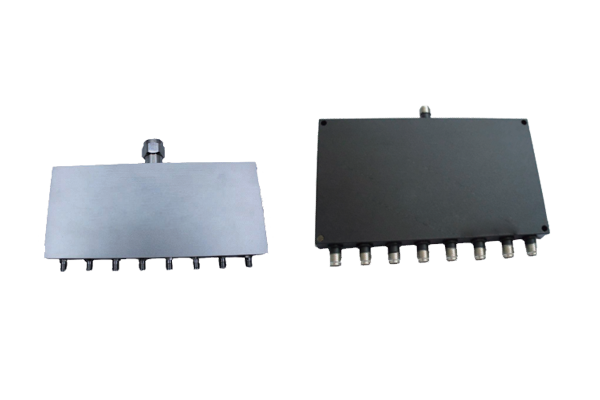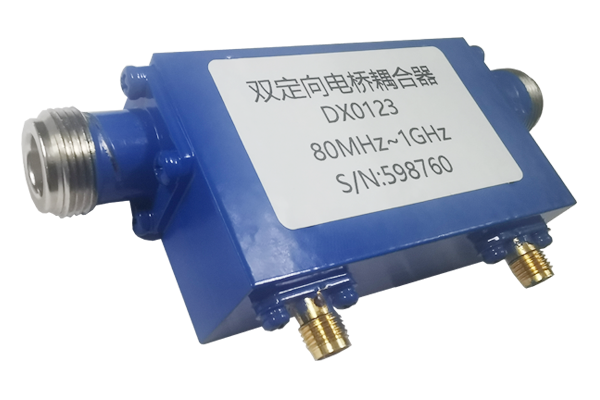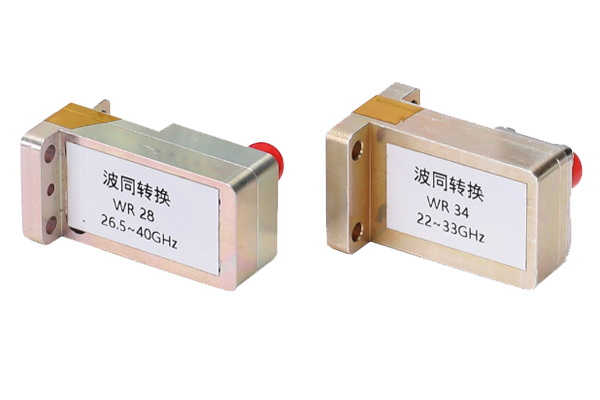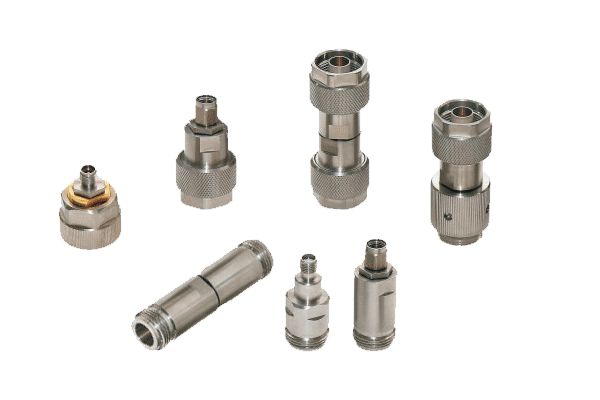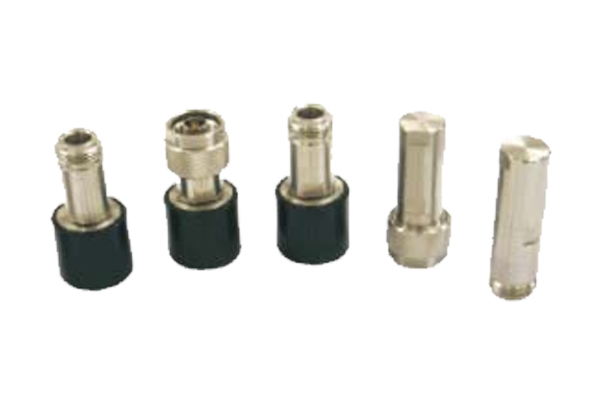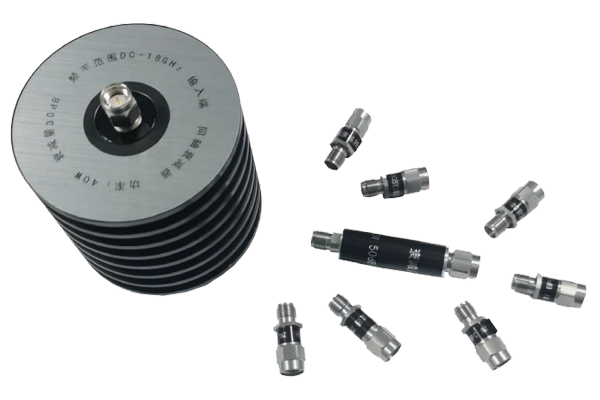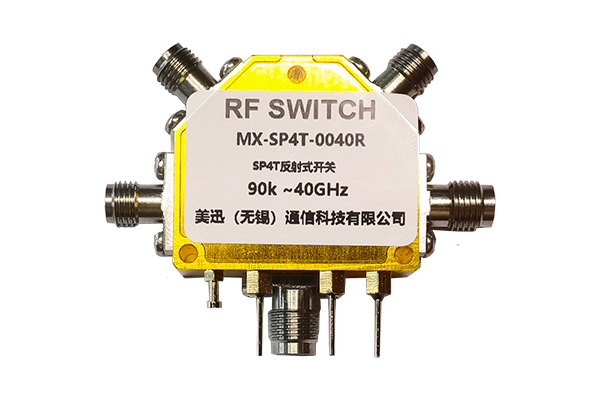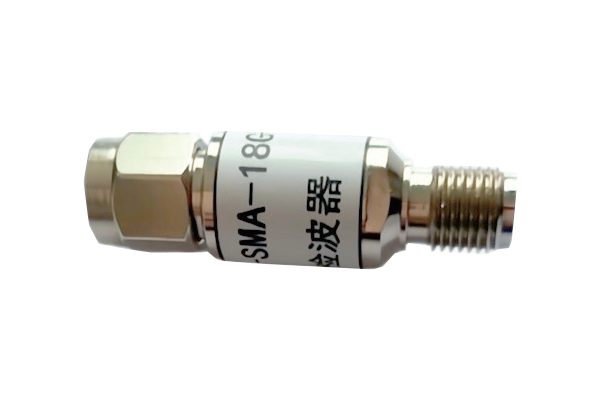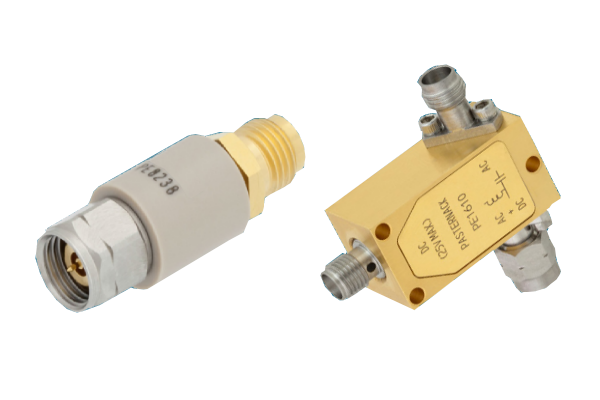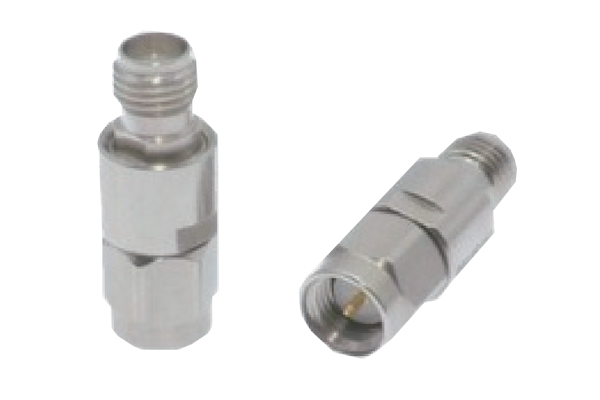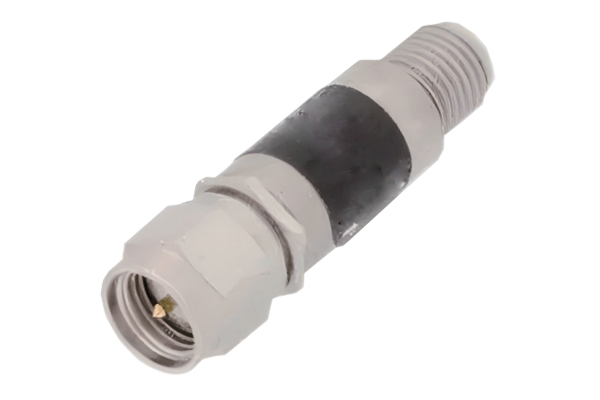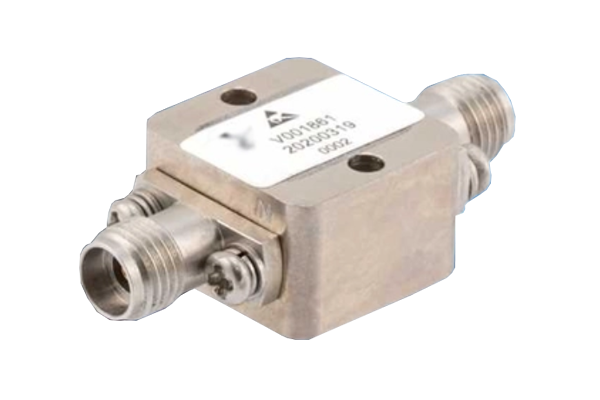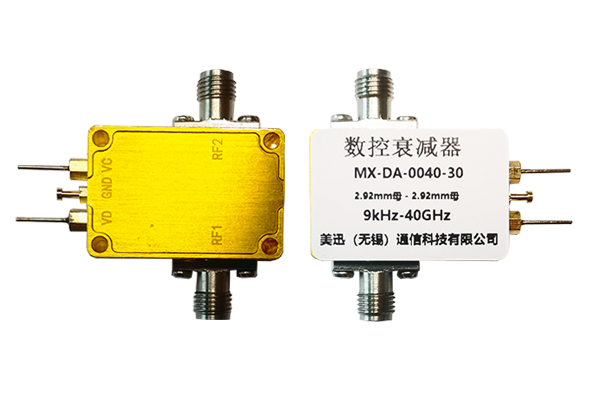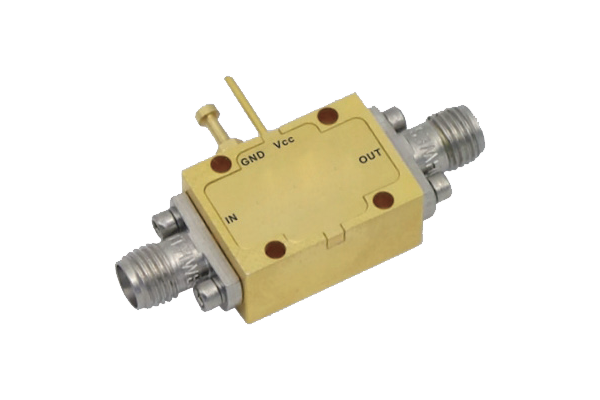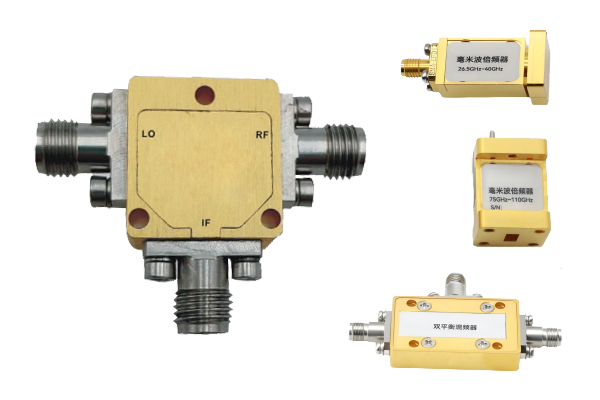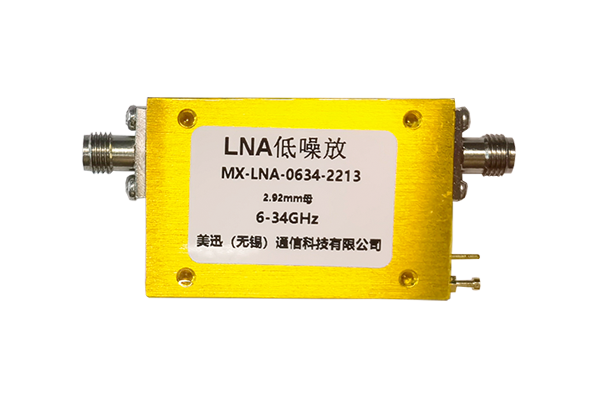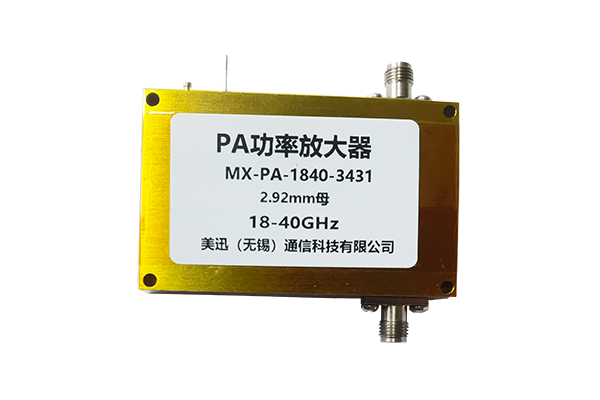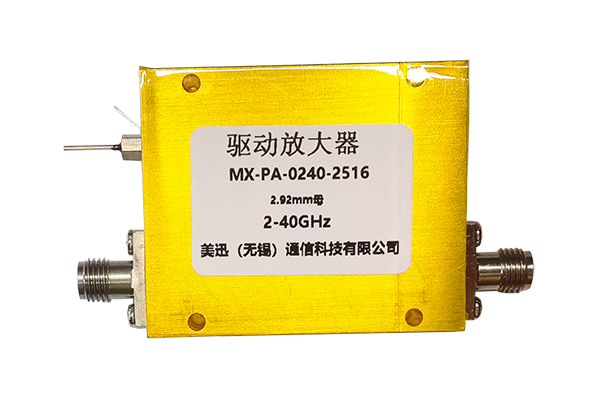Programmable Attenuator Calibration Method
Programmable Attenuator Calibration Procedure
Follow these steps for accurate and reliable calibration results
-
1Pre-Calibration PreparationBefore calibrating the Programmable Attenuator, ensure the operating environment meets the requirements, with temperature and humidity within the specified ranges, to prevent electromagnetic interference from affecting calibration accuracy. Also, check that the calibration instruments are within their validity period, in proper condition, and with no loose or damaged cables.
-
2Connection and SetupAccording to the calibration procedure, correctly connect the Programmable Attenuator to the signal source, power meter, and other equipment, ensuring that the interfaces match and connections are secure. During the connection process, carefully distinguish between the input and output ports to avoid reverse connection, which may damage the equipment. After setup, check that all equipment is powered properly and allow them to warm up to a stable state to minimize the impact of temperature changes on the calibration results.
-
3Parameter SetupAccording to the Programmable Attenuator model specifications and calibration requirements, set appropriate operating parameters, including frequency range and attenuation steps, in the control software or on the device panel. Simultaneously, configure the parameters of the signal source and power meter to ensure that the output signal frequency, power, and other parameters meet the calibration point requirements and ensure consistent test conditions.
-
4Calibration OperationPerform tests sequentially at the preset calibration points, changing the attenuation value by controlling the programmable attenuator, and record the actual power data displayed by the power meter. Perform multiple measurements at each calibration point and average them to reduce random errors. Closely monitor the device's operating status during testing. If any abnormal data is detected, promptly investigate the cause and retest.
-
5Verify and Record ResultsAfter calibration, compare the deviation between the actual measured value and the theoretical value to determine if it is within the acceptable range. If the deviation exceeds the specified range, recheck the device connections and parameter settings, make adjustments if necessary, and recalibrate. After confirming that the calibration is successful, carefully record the calibration data, environmental conditions, and device status. Generate a calibration report and archive it.



